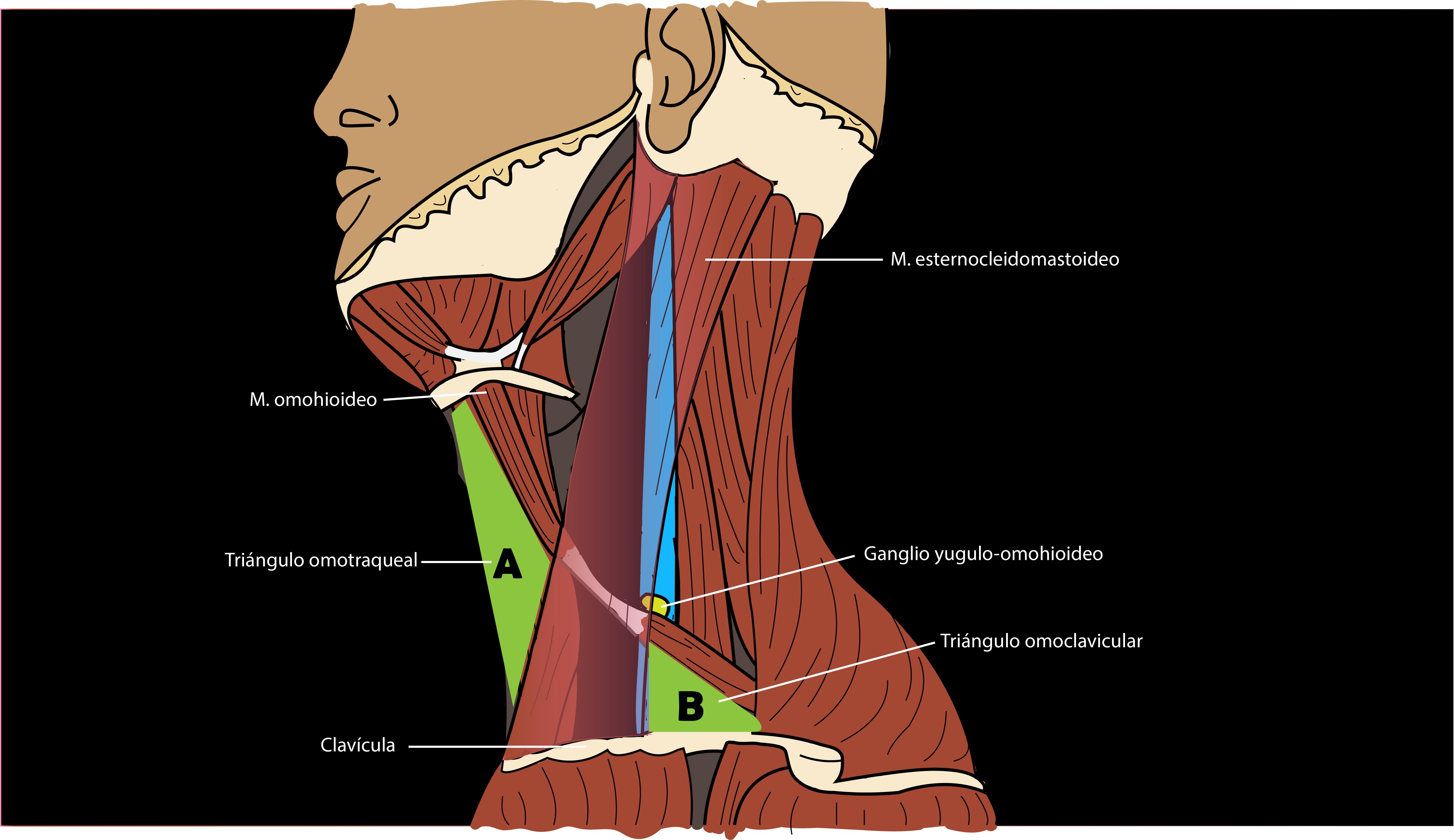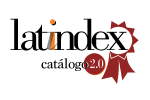Correction of morpheme OMO in anatomical terminology. Bibliographic review
DOI:
https://doi.org/10.18537/RFCM.39.03.09Keywords:
musculoskeletal system, neck muscles, scapulaAbstract
Introduction: The International Anatomical Terminology (IAT) has compiled and standardized the anatomical terms for their unequivocal use, but sometimes these standards are not fully met. Among the existing inconsistencies is the use of “scapula” or “shoulder blade”.
Objective: to analyze the terms in which the morpheme "omo" has been used erroneously, and to suggest the appropriate terminology.
Methodology: the words containing the morpheme "omo" were looked up in the IAT. The meaning of "scapula" and "omóblado" was consulted in Latin, Greek, and medical dictionaries.
Results: the terms “scapula”, from Latin, and “omóplato”, from Greek, are translated into Spanish as ‘hombro’ (shoulder). In Spanish medical dictionaries, "escápula" is etymologically defined as ‘upper part of the back’; and "omóplato", as ‘flat part of the shoulder’. In the IAT, the following terms were identified: “M. omohioideo”, “triángulo omoclavicular”, “triángulo omotraqueal” and “ganglio yugulo-omohioideo”.
Discussion: the correct anatomical term is “escápula”. The omohyoid muscle should be called "escapulohioideo" (scapulohyoid); the omoclavicular triangle, "triángulo supraclavicular" (supraclavicular triangle); the omotracheal triangle, "triángulo muscular anterior del cuello” (anterior muscular triangle of the neck); and the jugulo-omohyoid node, "ganglio yugulo-escapulohioideo” (jugulo-scapulohyoid node). These corrections only apply for Spanish.
Conclusions: to unify the terminology, the structures containing the morpheme "omo", of Greek origin, should use the Latin prefix “scapulo”, or use a descriptive terminology about their anatomical position.
Downloads

Published
Issue
Section
License
Copyright (c) 2022 Maria Gabriela Machado Orellana , Wendy Dayanna Cuji Galarza

This work is licensed under a Creative Commons Attribution-NonCommercial-ShareAlike 4.0 International License.
Copyright © Autors.

You are free to:
 |
Share — copy and redistribute the material in any medium or format |
 |
Adapt — remix, transform, and build upon the material for any purpose, even commercially. |
Under the following conditions:
 |
Attribution — You must give appropriate credit, provide a link to the licence, and indicate if changes were made. You may do so in any reasonable manner, but not in any way that suggests the licenser endorses you or your use. |
| NonCommercial — You may not use the material for commercial purposes. | |
| ShareAlike — If you remix, transform, or build upon the material, you must distribute your contributions under the same license as the original. |
| No additional restrictions — You may not apply legal terms or technological measures that legally restrict others from doing anything the licence permits. |





